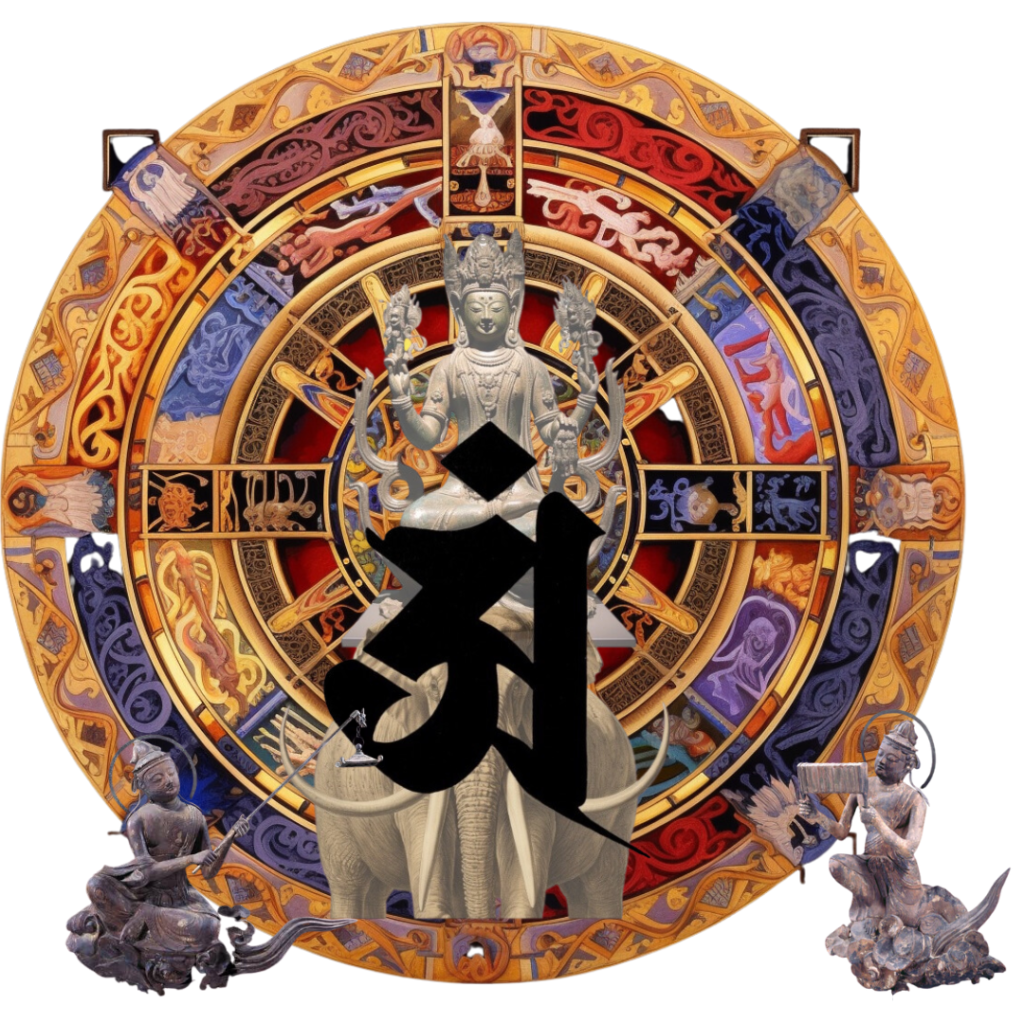2020年12月05日
ぼんじ 梵字 Siddha
Type: Abugida
Language: Sanskrit
When: Around the 7th century-present (remains in Buddhist rituals)
Parental script:
Brahmi script
Gupta script
Siddha
Unicode range: U + 11580–U + 115FF
ISO 15924 code: Sidd
Note: This page may contain the International Phonetic Alphabet (IPA) written in Unicode.
In general, it often refers to Buddhism, especially Siddhaṃ script, which has become popular in East Asia since the 7th and 8th centuries in connection with Buddhism. [1] This section will mainly explain that.
See also "Egakugaku"
Table 1 Mata
Number Letters Letters Southern Amane Central Amane Character meaning [Verification required – Note] Half body
Connoisseur
Ma
Many 01 a अ A A book
02 ā आ Aa Ah Quiet
03 i इ Good root
04 ī ई Eee Eee Shishi
05 u उ u
Ou metaphor
06 ū ऊ Wu
Ou loss reduction
07 e ए
08 ai ऐ Ai
AA Free
09 o ओ Ou waterfall
10 au औ
Au Oh change
11 aṃ अं Ann
On the edge
12 aḥ अः Aqua distant
Another
Ma
Many 13 r ̥ ऋ Kiriri Shinto
14 r̥ CLK ॠ Kiri Lee
15 l ̥ ऌ Ryo dyeing
16 l ̥ CLK ॡ Ryo sinking
Table 2 Text
Number letter letter letter copy southern sky sound middle sky sound character meaning half body
Five
Kind
Voice 17 ka क
18 kha ख Kaka etc. Sky
19 ga ग Gaga line
20 gha घ Gaga Gaga
21 nga ङ gau
Gyo branch
22 ca च Sasha transition
23 cha छ Sasha image
24 ja ज The ja raw
25 jha झ The Ja Battle Enemy
26 n CLK ञ The Jau
Satoshi Jou
27 ṭa ट Tata pride
28 ṭha ठ Tata Choyo
29 ḍa ड Dada grudge vs.
30 ḍha ढ Dada Butler
31 ṇ ण Dow
Dough theory
32 ta त Tata
33 tha थ Tata residence
34 da द Dada grant
35 dha ध Dada Hokai
36 na न Now
Know surname
37 pa प Haha First Righteousness
38 pha फ ha ha stiff
39 ba ब Baba tied up
40 bha भ Baba Yes
41 ma म Mau
Mou Goga
Hen
mouth
Voice 42 ya य ya ya ride
43 ra र Lara dust
44 la ल Lara phase
45 va व Baba discourse
46 śa श Shasa nature loneliness
47 ṣa ष Shasa blunt
48 sa स Sasa Satya
49 ha ह mosquito causal
50 l laṃ Lang Lang Lang Metropolitan Exclusion
51 kṣa Sakisha 盡
Table 3 Arc combination half body
Name Meaning
Reita devowel symbol.
The Shittansho is a chart for learning the phonological structure and writing method of the Sanskrit characters. It consists of more than a dozen chapters, starting with a simple glyph, and explaining complex writing with each chapter.
What is commonly known in Japan as the "Syddha" is the 18th chapter, which is modeled after Tomohiro's "Syddha" (also known as "Syddha"), but it was introduced to Japan or created in Japan. There are various structures in things, from chapters 12 to 18. [7] Also, among the monks who visited India, Xuanzang has twelve chapters [8] and Yijing has eighteen chapters [9]. It is probable that the Buddhist emblems with different compositions were disseminated depending on the times and regions.
In addition, a simple list of characters (jimo) may also be called a syllabary [10], but it usually refers to one that includes explanations of writing and phonological organization.
Letters and gates
The character of the Siddha script (jimo) consists of the vowel symbol Mata (also. Sanskrit: mātā [citation needed]) and the consonant symbol (taimon. Sanskrit: vyañjana). #Table 1 shows a list of Mata, and #Table 2 shows a list of body sentences.
Of the Mata, the first 12 characters are called Tsuumata or Tsumata, and the remaining 4 characters are called Betsumata or another Mata. The last two letters of Tsumata, Ann aṃ and Aku aḥ, are a a with the Anusvara symbol (empty dot) and the Visarga symbol (Nirvana dot), respectively, but they are treated as independent Mata in the Siddha script. (There is also a theory that these two characters are included in Bestamata). The four letters of Betsumata are thought to represent liquid consonant vowels, but are rarely used in actual literature. Of the body sentences, run llaṃ and kisha kṣa are characters composed of cuts (described later) and do not represent a single consonant. However, it is included in many alphabet tables.
A character meaning (described later) is given to each of the characters that combine Mata and the body sentence, and the summary is called Jimon. Several folklore have been handed down depending on whether or not to include Betsumata and whether or not to count each of Ran llaṃ and Kisha kṣa. The most common practice in Japan is the Five Cross Gates, which include all of the characters listed in Tables 1 and 2. (Ran llaṃ is included in the characters but is not counted. If you do not include Ran llaṃ and Kisha kṣa, 49 It becomes a character gate). In addition, there is a tradition that Betsumata is not included in the character mother, and in this case, it becomes a 46-character gate or a 47-character gate depending on whether or not the run llaṃ is included.
A completely different arrangement of the 42-character gate (the first 5 characters are also called Arapachana) can be seen in "Daiwakakei" and the like. [11] According to "Avatamsaka Sutra Gandavyuha 42 Character Gate" (non-empty translation), the order is as follows.
a ra pa ca na la da ba ḍa ṣa va ta ya ṣṭa ka sa ma ga tha ja sva dha śa kha kṣa sta ña rtha bha cha sma hva tsa gha ṭha ṇa pha ska ysa śca ṭa
Because there is no "ṅa ・ jha ・ ha" (in "Daiwakakei", there is a ha between rtha and bha, which is 43 characters), and there is a sound that does not exist in normal Sanskrit like ysa. It is believed that it was originally an array for another language rather than Sanskrit. Richard Salomon believes that the 42-character gate is derived from the Gandhari character sequence written in Kharosthi. [12]
The Manjushri mantra "oṃ arapacana dhīḥ" is based on the first five characters of the 42-character gate.
【このカテゴリーの最新記事】
-
no image
-
no image
-
no image
-
no image
-
no image





